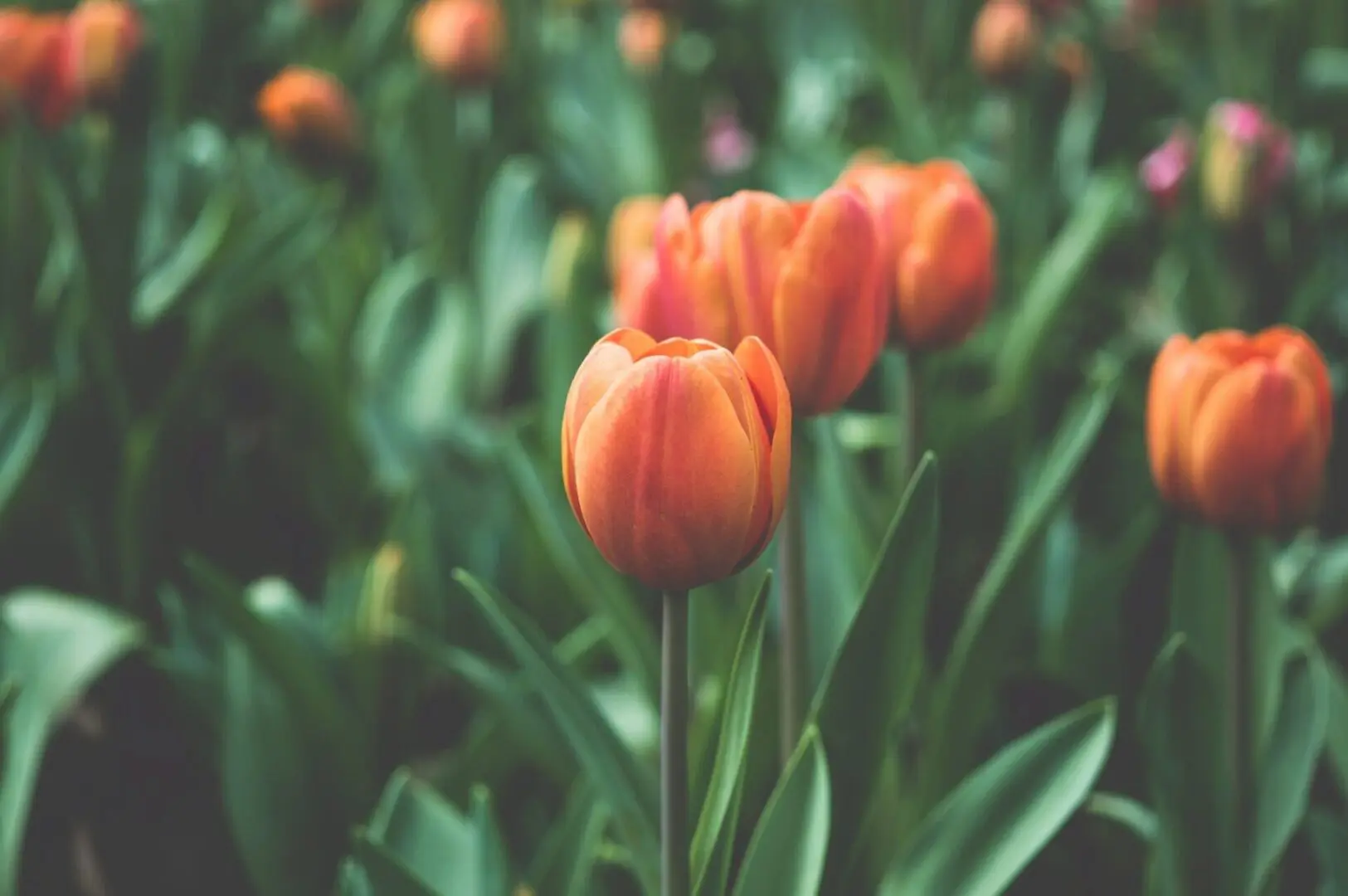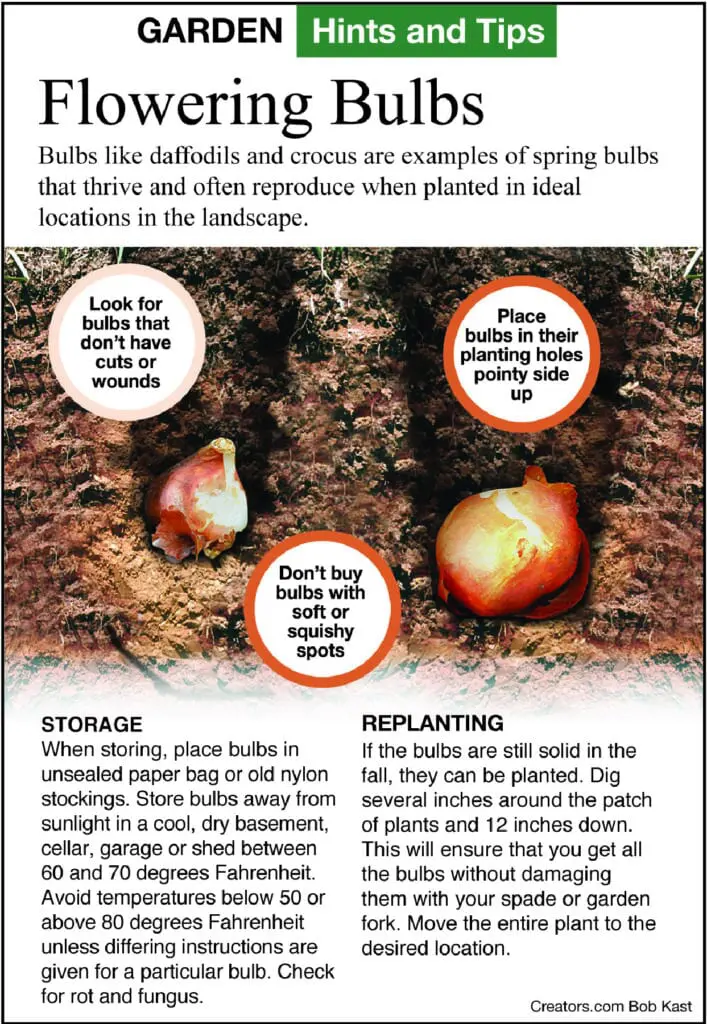Search Posts
Recent Posts
- Rhode Island Weather for April 3, 2024 – Jack Donnelly April 3, 2025
- We Cook! Mill’s Tavern’s Slow-cooked Octopus & Blanched Sea Bean Salad April 3, 2025
- RI Veterans: Did you know? 03.04.25 (Glee Club video, MV cuts, healthcare, events) John A. Cianci April 3, 2025
- Homeless in RI: Let there be… pink? Crossroads isn’t talking. April 3, 2025
- Are you age 70 or older and not yet receiving benefits? – Social Security April 3, 2025
Categories
Subscribe!
Thanks for subscribing! Please check your email for further instructions.

A Greener View: Flowering Bulbs – plan now for a pretty spring around your home – Jeff Rugg
by Jeff Rugg, contributing writer
Q: I am moving some perennials and I found some daffodil bulbs in the ground. They have some brown sticky sap on the sides of the bulbs. Is this normal? Should I be concerned about the other bulbs in the flower bed that I haven’t dug up?
A: When buying bulbs, always look at every bulb for sticky areas, discolored liquids, sunken areas, and mildew patches. Bulbs that have these signs and symptoms will not grow out of them but rather will infect your soil and the rest of your bulbs. If you dig up bulbs in your yard with these problems dig up and discard six inches of soil around the old bulb’s location.
As you move plants or do any digging in the garden, be careful not to cut or otherwise damage existing bulbs because damaged bulbs easily get infected.
If you find a patch of bulbs with problems and you really want to keep them, soak the bulbs in a fungicide solution or use a fungicide powder to dust them and the infected soil. If possible, do not replant bulbs in these areas for at least three years.
There are several fungal diseases that affect bulbs. The diseased bulbs will feel light for their size. Always buy the heaviest bulbs in the bin.
Q: I have some daffodil bulbs that were growing in a pot from a flower arrangement last spring. I went to plant them, and they are soft and mushy. What can I do to save daffodil bulbs next year?
A: Daffodils, tulips, and other bulbs in flowerpots are a great way to start spring. These bulbs are planted in pots, stored in refrigerators for a few months, and then put into bright greenhouses to grow and bloom.

After you buy them, they need to be grown in bright light and cool temperatures until the leaves die naturally. The bulbs then go into a dry dormancy period that lasts all summer. they need to be kept in a room that is in the 60s to 70s, not outside in the 80s and 90s. If the bulbs are still solid in the fall, they can be planted. They may need a couple of years growing in the ground to become big enough to bloom in the garden.
Usually, the bulbs dry out and shrivel into dust because they are kept too warm. They are native to mountain tops, not the desert.
Since yours are not dried out I think they may have been eaten by a fly larva. There is a fly that looks like a half-inch-long bumblebee that lays its eggs at the base of the bulb’s leaves. The larva tunnels into the bulb and eats it all summer long. They spend the winter in the bulb and emerge as adults in the spring. So, when you dig up the bulbs to thin them out or move them, the bulb will feel soft and spongy. Inside will be the little maggot. Throw away the infested bulbs.
___
To read more columns on gardening by Jeff, go to: https://rinewstoday.com/?s=jeff+rugg

Email questions to Jeff Rugg at [email protected]. To find out more about Jeff Rugg visit www.creators.com.
COPYRIGHT 2024 JEFF RUGG
